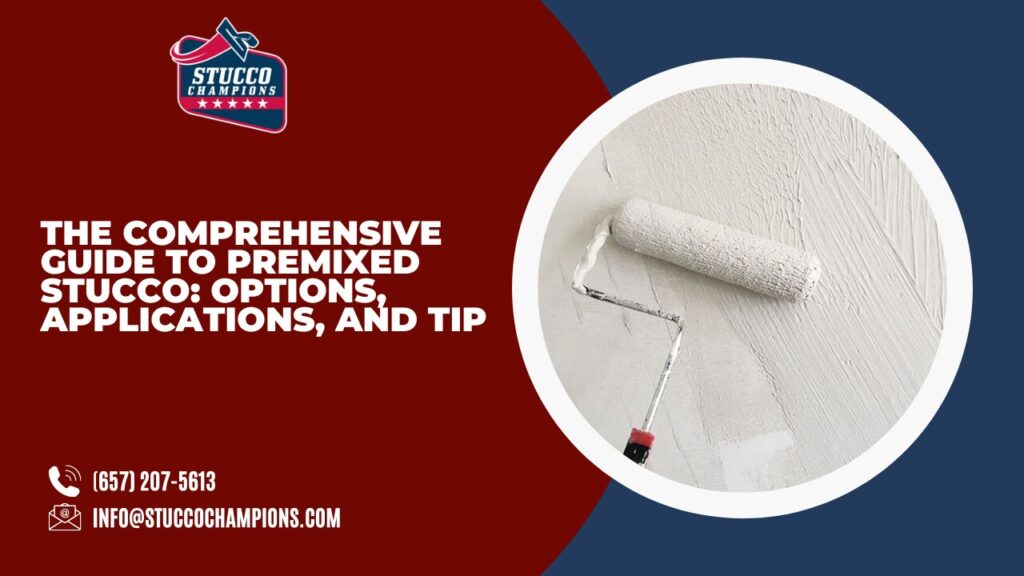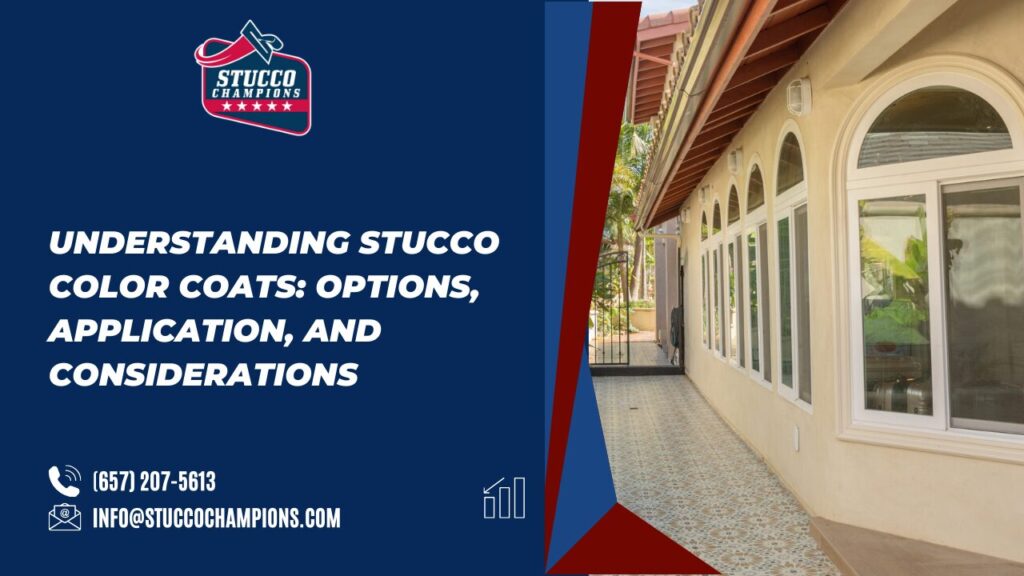Control joints, or C-Joints, are crucial elements in stucco applications, ensuring both the aesthetic appeal and structural integrity of walls. This comprehensive guide aims to clarify their necessity, best practices, and the potential consequences of improper use.
Understanding Control Joints
Control joints are designed to mitigate the risks associated with stucco application, such as cracking due to shrinkage, thermal expansion, and other environmental factors. They are particularly crucial in areas where different materials meet, such as where a wood-framed structure adjoins a cinder block wall.
Building Codes and Regulations
While general building guidelines, like ASTM 1063, suggest the use of control joints to limit surface areas to certain dimensions, it’s vital to consult specific local building codes for more precise requirements. These regulations can vary significantly based on geographic location and the specific materials used in construction.
The Necessity of Control Joints
In theory, stucco walls can be constructed without control joints. However, their absence can lead to increased shrinkage cracking, particularly in large, uninterrupted wall surfaces. The use of control joints is often mandated by building codes or specified in architectural plans.
Potential Drawbacks of Omitting Control Joints
Beyond aesthetic concerns, neglecting to use control joints can lead to significant structural issues. These include water damage due to inadequate drainage and weakened structural integrity from excessive cracking.
DIY vs. Professional Installation
For basic stucco applications, DIY installation of control joints may be feasible. However, professional installation is recommended for complex scenarios or to ensure compliance with building codes, especially when dealing with dissimilar materials or intricate architectural styles.
Cost Implications
The costs associated with control joint installation can vary based on the joint type, material, and complexity of the installation. Understanding these cost implications is crucial for budgeting and planning your stucco project.
Minimizing the Visual Impact of Control Joints
There are several strategies for reducing the visual impact of control joints. These include aligning them with architectural features, using paint or texture to blend them into the wall, or creatively incorporating them into the design.
Structural Considerations and Maintenance
Properly installed control joints not only enhance the wall’s appearance but also play a critical role in its structural longevity. Improper placement or installation can lead to increased maintenance requirements and potential long-term damage.
Consequences of Improper Joint Installation
Improper installation of control joints or failure of the joint sealant can lead to a range of problems, from aesthetic issues like visible cracks to more severe consequences like water infiltration and structural damage.
Breaking Up Large Walls
In large wall areas with minimal breaks, control joints can be strategically placed to break up the expanse, reducing the likelihood of shrinkage cracking and contributing to the wall’s proportional appearance.
Where Two Dissimilar Materials Meet
In situations where two different materials meet, such as a wood frame adjoining a concrete structure, installing a control joint is crucial. This not only accommodates different movement and expansion rates of the materials but also prevents the formation of large, unsightly cracks.
Addressing Walls with Natural Breaks
Walls with numerous natural breaks, like windows or doors, may not require additional control joints. These breaks can perform a similar function, providing spaces for movement and reducing stress on the stucco.
Remodeling Considerations
In remodeling projects, especially older buildings that originally didn’t use control joints, it’s often best to match the existing aesthetic. Introducing new joints could disrupt the architectural consistency and stand out, potentially detracting from the building’s character.
Technical Clarifications
For clarity, “C-Joint” refers to a specific type of control joint used in stucco applications. “Dissimilar materials” indicate different construction materials, such as wood and concrete, which expand and contract at different rates.
Joint Placement for Aesthetics
While the primary function of control joints is structural, their placement can significantly impact a building’s appearance. Thoughtful placement can enhance the design, making them an integral part of the overall aesthetic.
Long-term Implications
The decision to include or omit control joints has long-term implications on maintenance, structural integrity, and overall building resilience. Thoughtful planning and adherence to best practices ensure that your stucco walls remain durable and visually appealing for years.
Alternatives to Traditional Control Joints
For those seeking less visible solutions, there are alternative joint materials and designs that blend more seamlessly into the stucco. These alternatives, while potentially more costly, can provide a more aesthetically pleasing result without compromising functionality.
Conclusion
Control joints play a pivotal role in the successful application of stucco, balancing functional structural needs with aesthetic considerations. Whether undertaking a new construction, remodel, or DIY project, understanding the principles of control joint usage is essential. By adhering to building codes, considering the specific requirements of your project, and exploring creative solutions, you can achieve a stucco application that is both structurally sound and visually appealing.
Last week, we shared Navigating Stucco Control Joint Codes: A Detailed Guide, offering insights into compliance requirements and best practices for ensuring durable and crack-free stucco installations. If you’re working on a stucco project, be sure to check out this detailed guide for expert insights!




